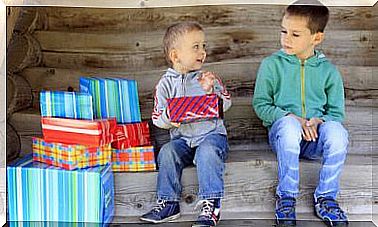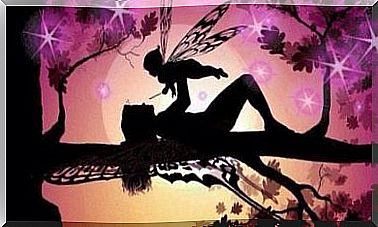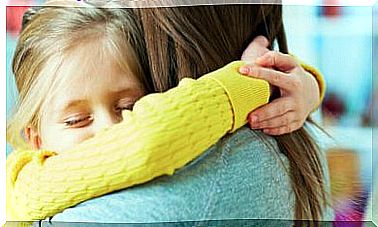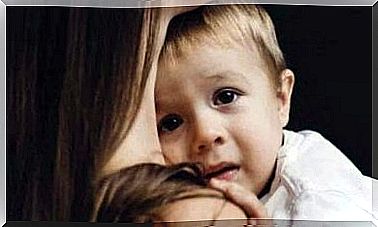3 Perfect Poems For Children To Share
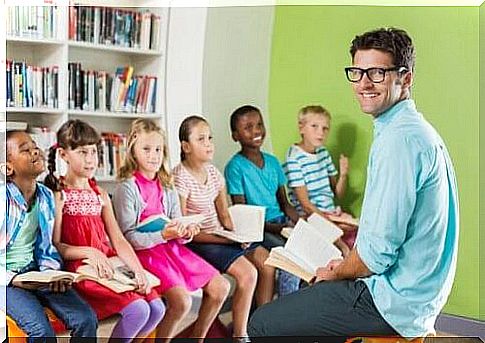
Poems for children represent an indispensable tool, starting from when the little ones enter the school phase. They not only serve the function of entertaining them, but also of bringing them closer to language and, of course, of motivating them to develop it. For this reason, teachers usually teach them to memorize, in addition to songs, also poems, along with some kind of choreography.
That of poems for children is a genre that includes texts written by both children and young people and adults. The themes are varied, but the form, in general, is very easy to assimilate. And, if what distinguishes them is in the first place the playful aspect, there are also important moral lessons.
On the other hand, educational psychologists believe that children’s poems are a useful tool for teaching children to communicate, know and express their feelings. They also think they are a good exercise for creativity and imagination.
Poems for children
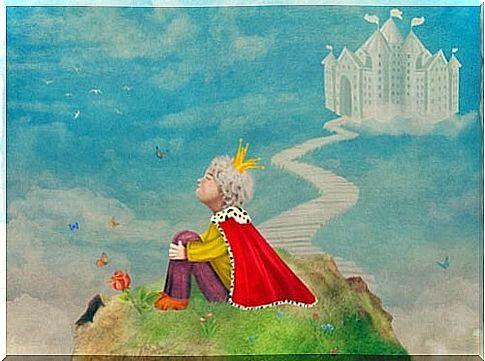
There are children’s poems in which a concrete image can be visualized. For example, an image of a castle on top of a hill. In other cases, the poem proceeds as a kind of fable in which there is a somewhat more elaborate image, such as, for example, a fox climbing a tree until it is able to pick a fruit.
Poetry stimulates communication skills and, when shared within the walls of the house, brings parents and children closer, as happens in the case of songs for falling asleep. For this reason, it is important to take advantage of it during the first years of a child’s life.
Contrary to what many parents believe, children’s poetry does not have a very complex language. Indeed, it is surprising how, even if it is very simple, it presents particularly ingenious and brilliant expressions for the understanding of ideas and concepts.
Manners to encourage a taste for poetry
1. Give them poems based on their age
In addition to reading aloud, it is necessary to look for poems suitable for the age of children, not only regarding the topics covered, but also the length and degree of difficulty of the language.
At the beginning, the most suitable thing is to choose short and musical poems, which concern simple topics (a fruit, an animal, the sun, the stars, etc.). Then not only must they be taught to read and memorize the poem, but also to understand what it conveys, before moving on to the next poem.
After the poem has been assimilated, one must move on to another one that offers greater complexity. In this way, children will not find themselves exclusively in contact with poems of the same genre and will not tire as readers. Recall that, if we limit ourselves to giving them poems about fruit, they will hardly be able to evolve and develop a good ability to appreciate poetry.
2. Drive the process
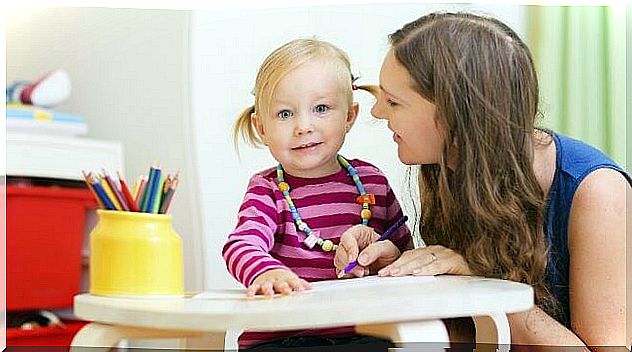
In order for children to assimilate poetry, they must be guided by their parents. Which means reading the text with them, explaining what it says, what the image it conveys, etc. In this sense, accompaniment is a fundamental factor to ensure that there is a good assimilation and that the child is able to take an interest in the activity. Over time, little by little, he will be able to appreciate it on his own.
3. Encourage him to act!
Reciting poetry is a very fun activity for children because it allows them to verbalize, gesticulate and hear the poem. Therefore, a good way to teach them to develop a taste for this form of expression is to encourage them to act. To succeed, you will have to set your example and to teach them how to do it, asking them to repeat what you have done (both in your company and alone).
Poems for children to share
The following choice of children’s poems is intended for children between the ages of 5 and 7. These are short texts that can be easily accompanied with hand movements to emphasize the message and, at the same time, entertain the children.
The paper boat , by Amado Nervo
With half of a newspaper
I made a paper boat,
in the fountain of my house
sail high.
My sister with her fan
Blow and blow on the boat.
Have a good trip, have a good trip,
Paper boat!
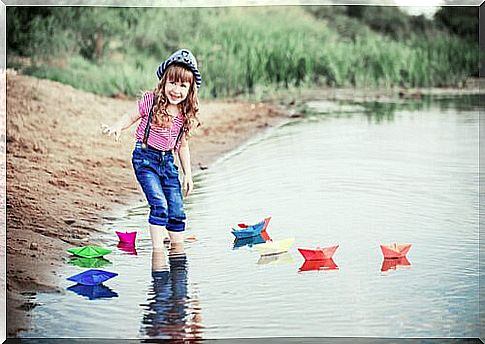
April , by Juan Ramón Jimenez
The siskin in the poplar.
– What else?
Poplar in the blue sky.
– What else?
The blue sky in the water.
– What else?
The water in the new leaf.
– What else?
The new leaf in the rose.
– What else?
The rose in my heart.
– What else?
My heart in yours.
The mice , by Lope de Vega
The mice gathered
To get rid of the cat,
And it was in this background,
In which they discussed so much,
Which they judged well done
To put a rattle on him,
So that the cat
They could hear without mistake.
An already bleached mouse got up,
Long and frowning tail,
Which, raising his eyebrow,
He said to the Senate gathered there,
After a cultured and blameless speech:
– Who will be among you to find
The courage to slip
The cat around the neck that rattle?
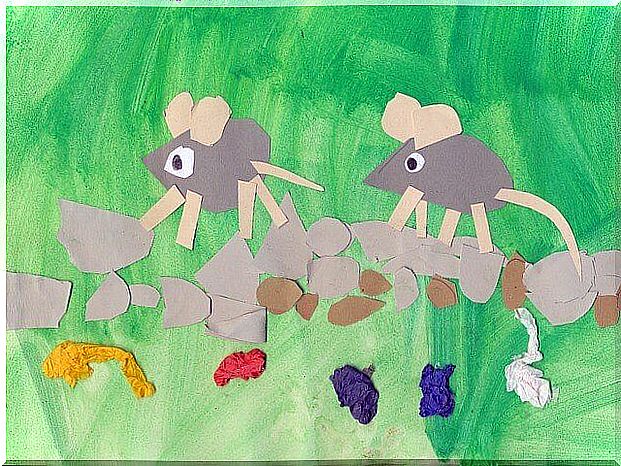
Some things to be aware of
Not all children’s poetry books are accompanied by illustrations. However, this does not mean that they are not useful for teaching them to take their first steps in this expressive form. The secret always lies in the accompaniment and guidance provided by parents, especially during the first years.
Sharing poetry at home is a great way to strengthen family bonds and, at the same time, help children develop their cognitive skills. Try to have fun often by reciting poetry and you will see how many benefits you will derive.



